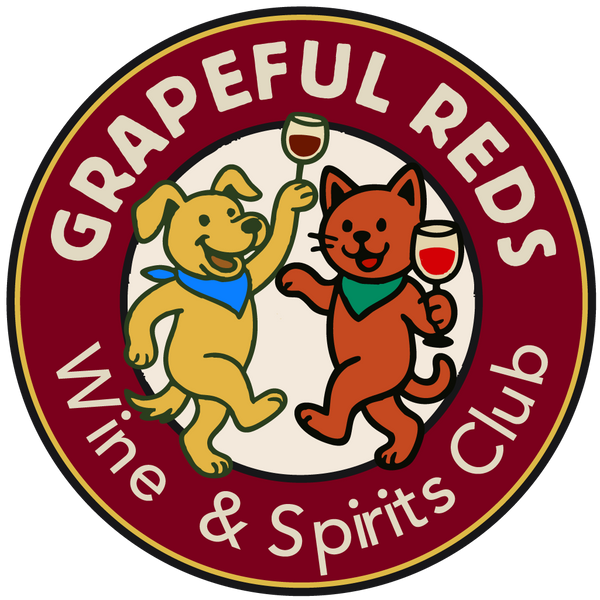AOC (Appellation d’Origine Contrôlée)
Definition:
AOC (Appellation d’Origine Contrôlée) – France’s fancy way of saying, “This bottle has its papers in order.” It’s not a literal passport, but close. It certifies that your wine comes from a defined geographical area, uses the right grape varieties, follows traditional production methods, and passes quality checks tougher than a French grandmother’s cooking critique. In 2012, the AOC baton passed to the EU’s AOP (Appellation d’Origine Protégée), but France still proudly flashes the old AOC label because, let’s face it, tradition is as French as baguettes and complaining about tourists. Whether it’s Champagne, Bordeaux, or Cognac, that little stamp says, “Authentic, controlled, and absolutely not an imposter.”
Why it Matters:
For bartenders and cocktail enthusiasts, AOC/AOP is your cheat code for credibility. It guarantees the bottle in your hand isn’t just wine; it’s the real-deal product of a place, a grape, and a method. Think of it as the difference between drinking “Champagne” from Reims versus a $4.99 “sparkling wine” in a suspicious plastic bottle. One gets you respect behind the bar; the other gets you side-eye.
What does AOC/AOP guarantee? Geography (the wine really is from Bordeaux or Médoc), grape varieties (you’re not sipping “Cabernet” made from random backyard fruit), production methods (old-school rules like hand-harvesting or oak aging), and quality (consistency you can trust). And because the system even scales down from regions to villages to specific vineyards (crus), you get an entire built-in story to pour for your guests. That’s not just bartending, that’s storytelling with a side of bragging rights.
